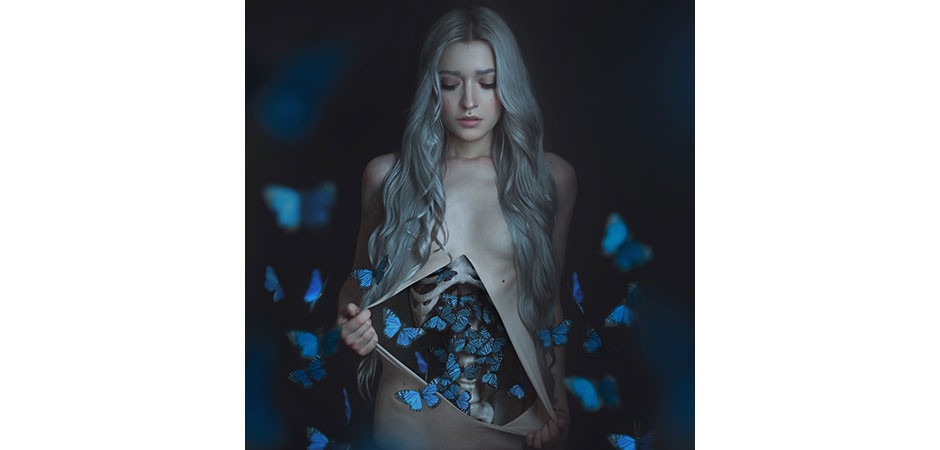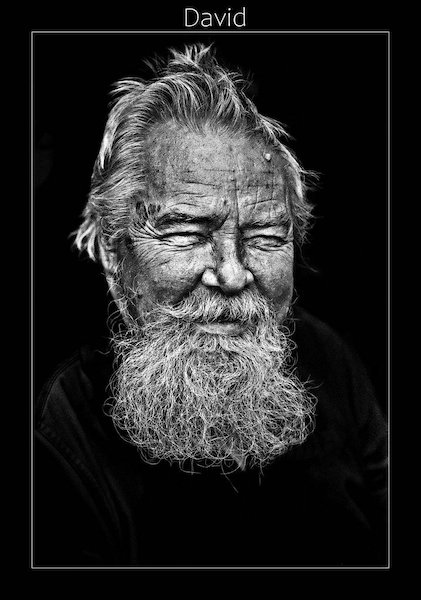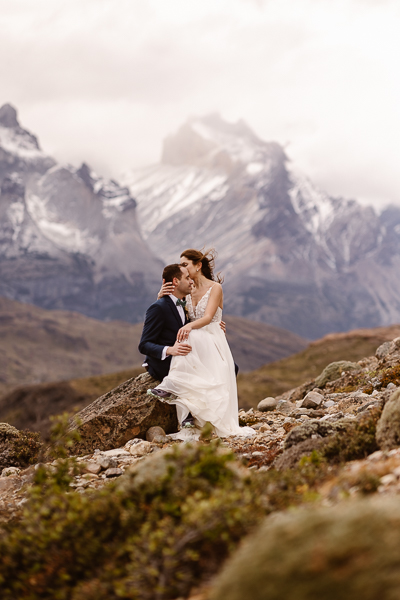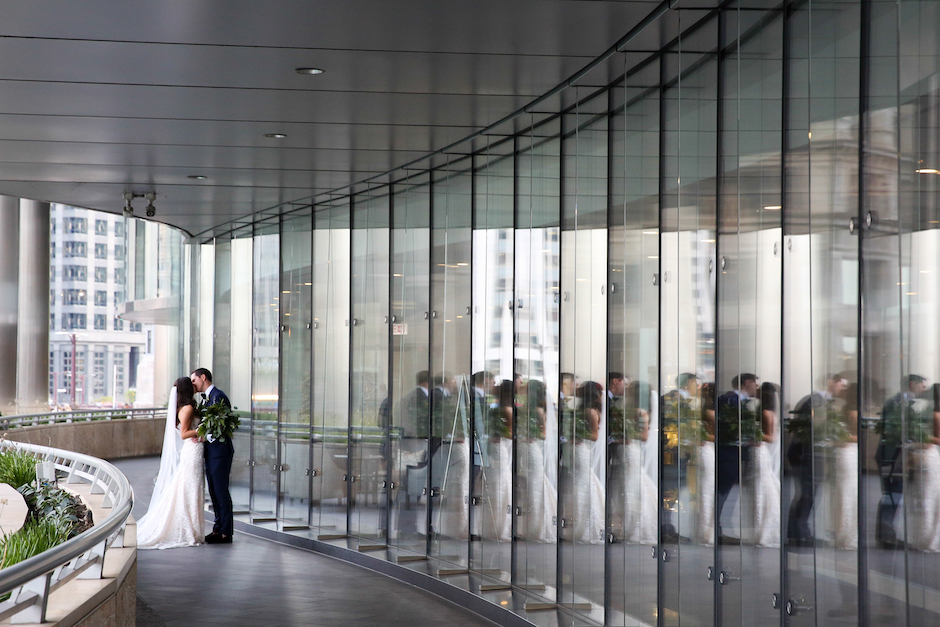Profiles
In March, Rangefinder celebrated the winners of its 2017 Fine Art contest with an exhibition and reception at the FujiFilm Wondershop in New York City.
One of the winners in attendance that night was Ukrainian photographer Anya Anti, whose “Butterflies in My Stomach” self portrait resonates with everyone who sees it because, let’s face it, we’ve all been struck by anxiety at one time or another. It also strikes a chord, and won an award, because of the way Anti so skillfully and ingeniously created it.
Using a model skeleton, several layered photos, and performing some editing sequences in Photoshop, Anti was able to create a piece that brilliantly conveyed how she felt on the inside.
Jacqueline Tobin: What was your time frame on this project?
Anya Anti: I had this idea for several months. The biggest challenge was actually to figure out the initial setup. My goal was to arrange things so that the image would be as realistic as possible, and thus require less manipulation in Photoshop. After I thought everything through, I did two different takes because the first one came out wrong so I had to reshoot it. All together, I spent about three to four hours setting the light, capturing the process and shooting the concept, and then another four editing.
JT: This is a composite that combines your self portrait with the image of the skeleton and butterflies, right? What was your process?
AA: First, I shot myself wearing a nude cut top stretched out, then myself topless to replace the top with skin, then the skeleton with butterflies attached to it and wearing the top as well to create some real shadows, and then the butterflies separately with different distances from the camera to create depth of field. I bought the skeleton specifically for this photo shoot. Luckily, some stores have Halloween decor all year round!
JT: How hard was it to get the image of you with a cut T-shirt to align with the skeleton image?
AA: It wasn’t hard, it just took some time. Once you prepare and have everything shot with the same perspective, lighting, etc., the image comes together like a puzzle. The hardest part for me was to draw correct, believable shadows inside my body to create the depth of the gut, because it wasn’t done straight from the camera.
JT: What steps were involved in Photoshop?
AA: I did some basic retouching of myself, then created a mask of the inner part of the top and cut it out, then inserted the skeleton from another image, created shadows and highlights, retouched the skeleton, removing wires from butterflies and some plastic marks, then replaced the nude top with my skin and added the “flying” butterflies. After that, there were lots and lots of tweaks, color and light shifts, and some final minor edits. Those tweaks and drawing the shadows took the most time.
JT: Is most of your imagery centered on metaphors?
AA: No, not necessarily. My photography is storytelling. Sometimes I play with associations, sometimes I want to convey an atmosphere or capture the beauty.
Related: Photographer You Should Know: Frieke Janssens, Portrait Provocateur
How Fashion Photographer Emily Soto Stays Avant-Vogue with Film
Making Your Subject Pop: Clever Lighting Techniques from Pye Jirsa






